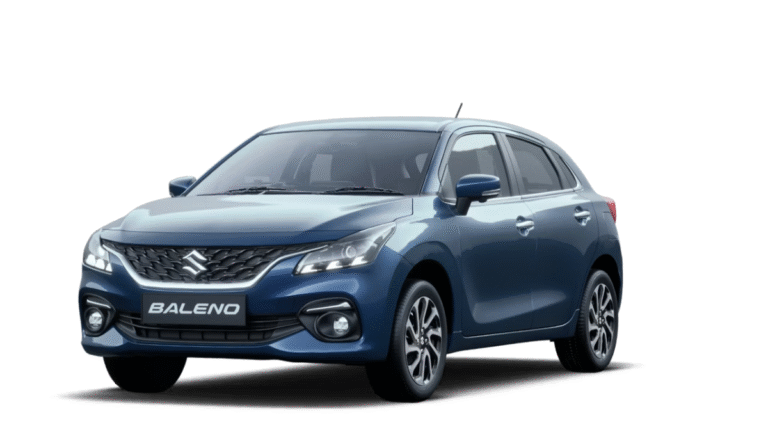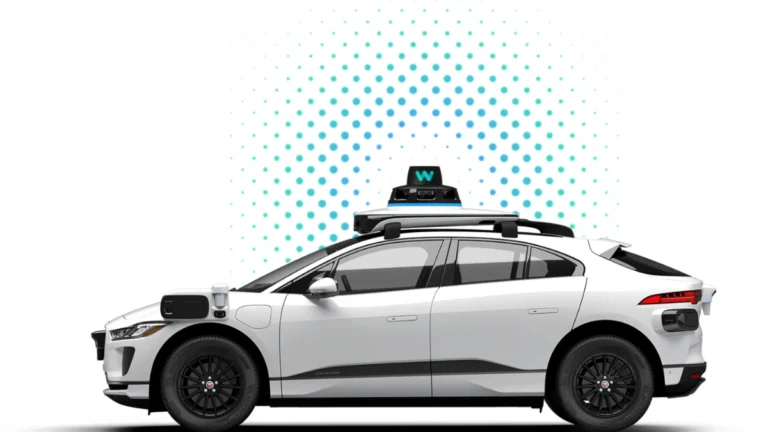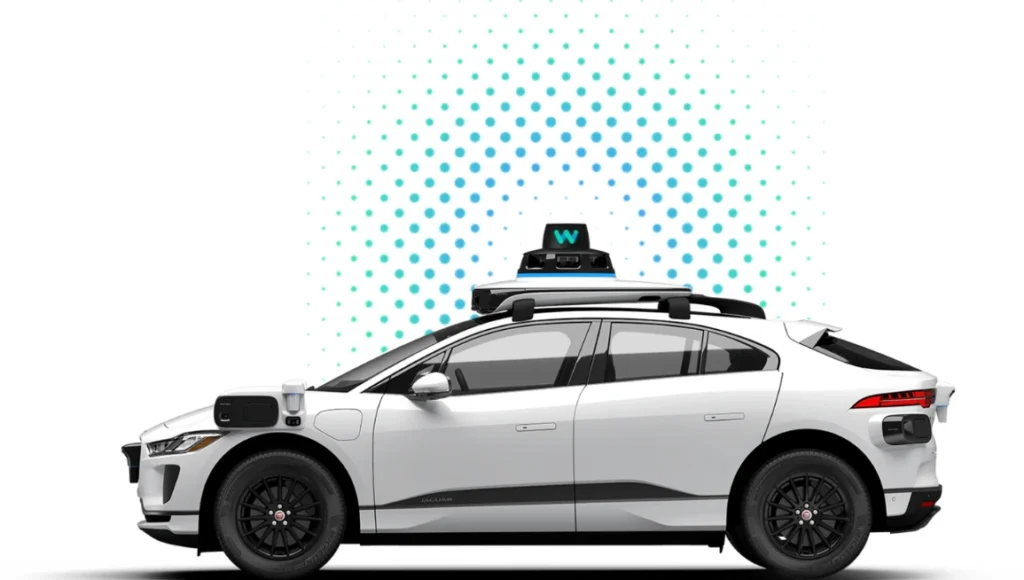
Waymo:Imagine being able to get to where you want to go securely and easily even if you don’t have a driver, a steering wheel, or pedals. That seems like something out of a science fiction movie, doesn’t it? That’s exactly what Waymo is doing. It’s no longer just an experiment; it’s already on the streets.
Waymo, which is owned by Alphabet, the parent company of Google, is at the forefront of self-driving technology. To make roadways safer, the goal is to get rid of human error, which is the biggest danger element. Waymo aims to replace all of that with smart algorithms that never get weary or lose attention, no matter how horrible the driving is, how fast the car is going, or how bad the choices are.
Is the Waymo Car the Future of Cars Without Drivers?
Imagine getting into a car, tapping your destination on an app, and then just chilling. No driver. No steering wheel. No pedals. Sounds like something straight out of a sci-fi movie, right? But here’s the wild part—it’s real, it’s happening, and it’s called Waymo.
Backed by Alphabet (yep, the same company that owns Google), Waymo is taking on one of the most ambitious tech challenges of our time: creating a self-driving car that’s actually safe, smart, and practical. Their mission? Cut down on accidents by removing the biggest risk factor—us.
So, How Does a Waymo Car Actually Work?
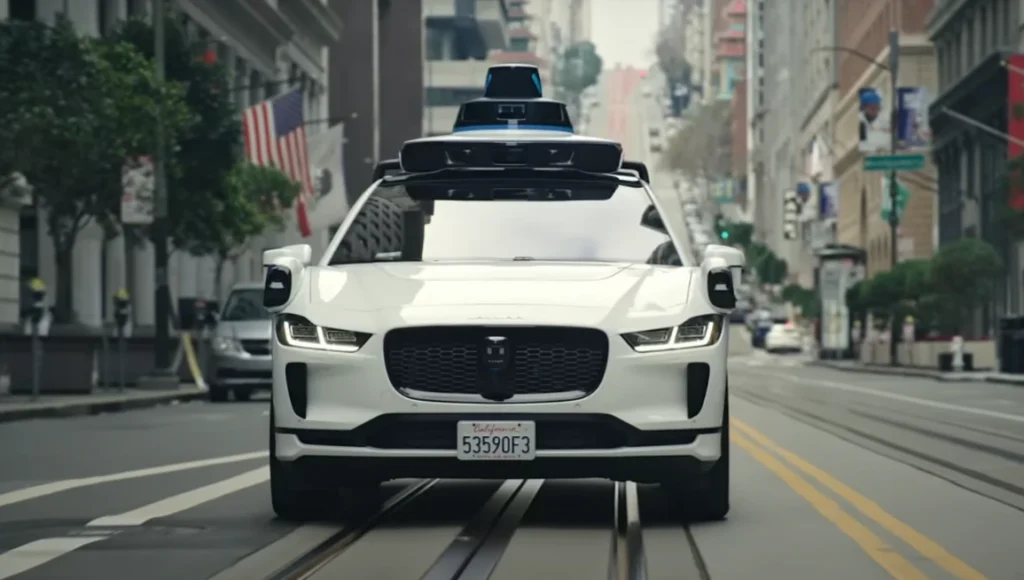
At first glance, a Waymo vehicle doesn’t look much different from a regular SUV or minivan. But look closer, and you’ll spot the high-tech gear: spinning LiDAR sensors on the roof, cameras tucked around the frame, radar, and a bunch of other sci-fi-looking gadgets. These help the car “see” everything—traffic lights, other cars, cyclists, jaywalkers, even that dog sprinting across the street.
But the real brains of the operation is its AI-powered driving system. It processes all that data in real time to predict traffic patterns, react to sudden changes, and make decisions on the fly—like slowing for a red light or swerving (safely) if something jumps into the road. It’s like having the most focused, rule-following driver ever—who never texts or gets tired.
It’s More Than Just a Car
Waymo isn’t building its own cars from scratch. Instead, it adds its tech to existing vehicles like the Jaguar I-PACE and Chrysler Pacifica. Think of it as a plug-and-play brain for driving.
Their ride-hailing service, Waymo One, is already running in parts of Phoenix, Arizona. You open an app, book a ride, and a completely driverless car shows up. No steering wheel turning on its own like a horror movie—just a smooth, quiet, oddly relaxing ride. The first few minutes might feel strange, but most people adjust pretty fast once they realize the car knows what it’s doing.
Why Waymo Stands Out
Here’s the thing—Waymo isn’t just guessing its way through traffic. It’s learned from over 20 million miles of real-world driving and more than 25 billion miles in simulation. That’s more than any human could do in ten lifetimes. And all that experience makes it really good at handling unexpected stuff.
Its goals are big but simple: no speeding, no distracted driving, no DUIs. Just safe, consistent rides. For people who are elderly, disabled, or just stressed by traffic, that’s a huge deal.
Could Waymo Work in India or Other Countries?
Short answer: not right now. Most of Waymo’s testing is in U.S. cities with well-marked roads, predictable traffic, and detailed digital maps. So, countries like India—with chaotic traffic, unmarked roads, and lots of unpredictability—aren’t on the radar just yet.
But that doesn’t mean never. As tech evolves and infrastructure improves, there’s a good chance we’ll see autonomous vehicles expanding globally. Maybe in the next 10 years, calling a driverless cab could be as normal as ordering food online—even outside the U.S.
In the End, Waymo’s About More Than Just Getting From A to B
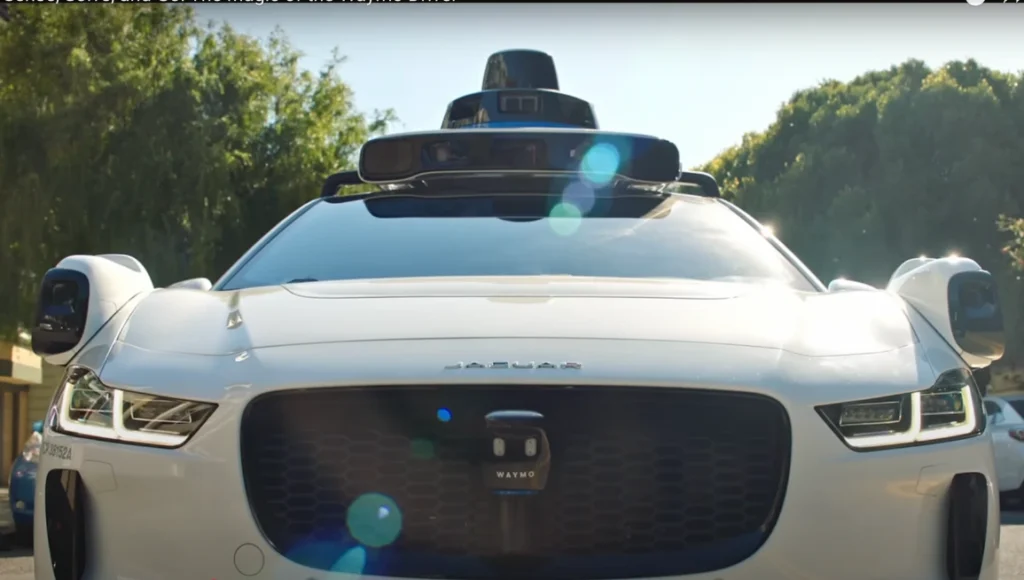
What Waymo’s building isn’t just a smart car—it’s a whole new way to think about transportation. A world where cars don’t rely on human reflexes or moods. Where someone who can’t drive due to age or health still gets to travel safely.
There’s still work to do. But step by step (or mile by mile), Waymo is making a strong case for a future where cars drive themselves—and do a better job of it, too.
Disclaimer: This article is for informational purposes only. Specifications and prices may vary. For the most accurate details, please check the official website or trusted retailers.





